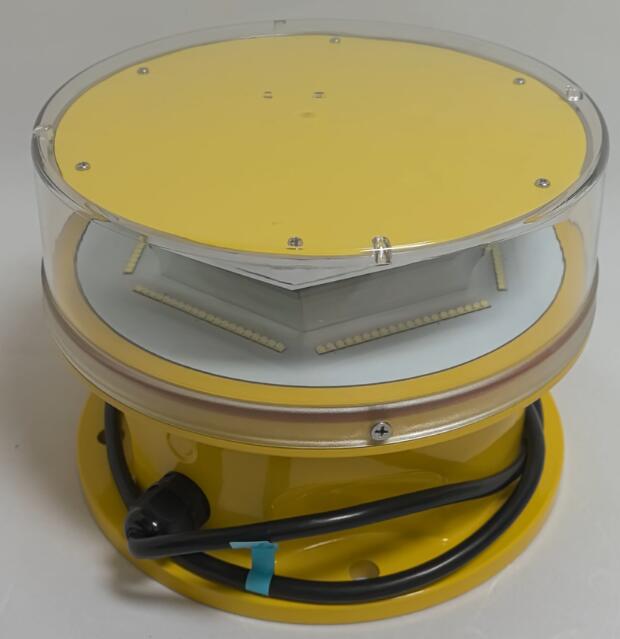The aircraft master warning light is a cornerstone of modern aviation safety systems, serving as a critical alert mechanism for pilots during flight. This small yet powerful indicator is designed to capture the crew's attention immediately, signaling potential system failures or emergencies that require urgent action. Its role in ensuring the safety of passengers, crew, and the aircraft itself cannot be overstated. This article explores the functionality, importance, and evolution of the aircraft master warning light, highlighting its indispensable role in aviation.
Understanding the Aircraft Master Warning Light
The aircraft master warning light is typically a bright, red or amber light located prominently on the cockpit's instrument panel. It is part of a broader warning system that includes auditory alerts and secondary indicators. When activated, the light serves as a visual cue to the pilot that a critical issue has been detected, such as engine failure, hydraulic system problems, or cabin pressure loss. The light is often accompanied by a warning message on the aircraft's electronic centralized aircraft monitor (ECAM) or engine-indicating and crew-alerting system (EICAS), providing additional details about the nature of the problem.
The primary purpose of the aircraft master warning light is to ensure that the crew is immediately aware of any situation that could compromise the safety of the flight. Its design is intentionally attention-grabbing, as it must cut through the noise and distractions of the cockpit environment to prompt swift action.

Integration with Aircraft Systems
The aircraft master warning light is integrated with a wide range of onboard systems, including propulsion, hydraulics, electrical, and environmental controls. Sensors throughout the aircraft continuously monitor these systems for anomalies. If a sensor detects a problem, it sends a signal to the central warning system, which activates the master warning light and, in many cases, an associated auditory alert.
For example, if an engine experiences a sudden drop in oil pressure, the system will trigger the master warning light to alert the pilot. Simultaneously, the ECAM or EICAS screen will display specific information about the issue, allowing the pilot to assess the situation and take appropriate action. This integration ensures that the crew is not only alerted to the presence of a problem but also provided with the information needed to address it effectively.
Aircraft Master Warning Light
|
The Evolution of the Aircraft Master Warning Light
The concept of a master warning light has been a part of aviation for decades, but its design and functionality have evolved significantly over time. Early warning systems relied on simple lights and buzzers, which provided limited information and often required pilots to consult multiple instruments to diagnose a problem. Modern systems, however, are far more sophisticated.
Today's aircraft master warning lights are part of advanced avionics suites that use digital technology to provide real-time data and diagnostics. These systems can prioritize alerts, ensuring that the most critical issues are addressed first. For instance, if multiple warnings are triggered simultaneously, the system will highlight the most severe problem, allowing the crew to focus their attention where it is needed most.
aircraft master warning lights
|
Additionally, advancements in display technology have enhanced the effectiveness of the master warning light. High-resolution screens and intuitive interfaces make it easier for pilots to interpret warnings and respond quickly. Some systems even incorporate predictive analytics, using data from sensors to anticipate potential issues before they become critical.
The Human Factor: Training and Response
While the aircraft master warning light is a highly effective tool, its success ultimately depends on the training and response of the flight crew. Pilots undergo rigorous training to recognize and react to warnings appropriately. This training includes simulated emergency scenarios, where crews practice diagnosing and resolving issues under pressure.
The master warning light is designed to eliminate ambiguity, ensuring that pilots understand the severity of the situation. However, it is equally important for crews to remain calm and methodical when responding to alerts. Overreacting or misinterpreting a warning can lead to unnecessary risks, while underreacting can exacerbate the problem. Effective training ensures that pilots strike the right balance, making informed decisions that prioritize safety.
Future Developments in Warning Systems
As aviation technology continues to advance, the role of the aircraft master warning light is likely to evolve further. One area of focus is the integration of artificial intelligence (AI) into warning systems. AI could analyze data from multiple sensors in real-time, identifying patterns that might indicate an emerging issue. This could enable earlier detection of problems, potentially preventing emergencies before they occur.
Another potential development is the use of augmented reality (AR) in the cockpit. AR systems could project warning information directly into the pilot's field of view, reducing the time it takes to recognize and respond to alerts. Such innovations could further enhance the effectiveness of the aircraft master warning light, making it an even more powerful tool for ensuring flight safety.
The aircraft master warning light is a vital component of modern aviation, providing pilots with immediate and unambiguous alerts about critical issues. Its integration with advanced avionics systems, combined with rigorous crew training, ensures that it remains an effective safeguard against potential emergencies. As technology continues to evolve, the aircraft master warning light will undoubtedly play an even greater role in maintaining the safety and reliability of air travel. In an industry where every second counts, this small but mighty light is a true lifesaver.

